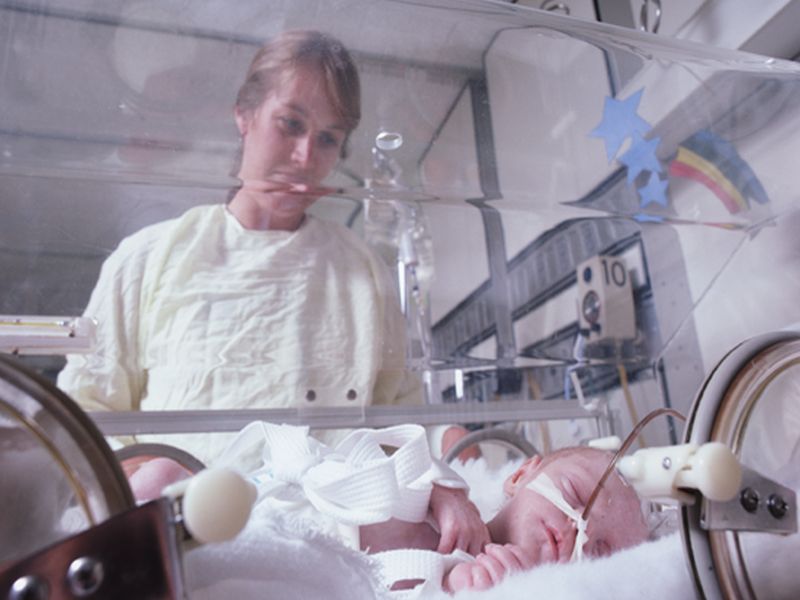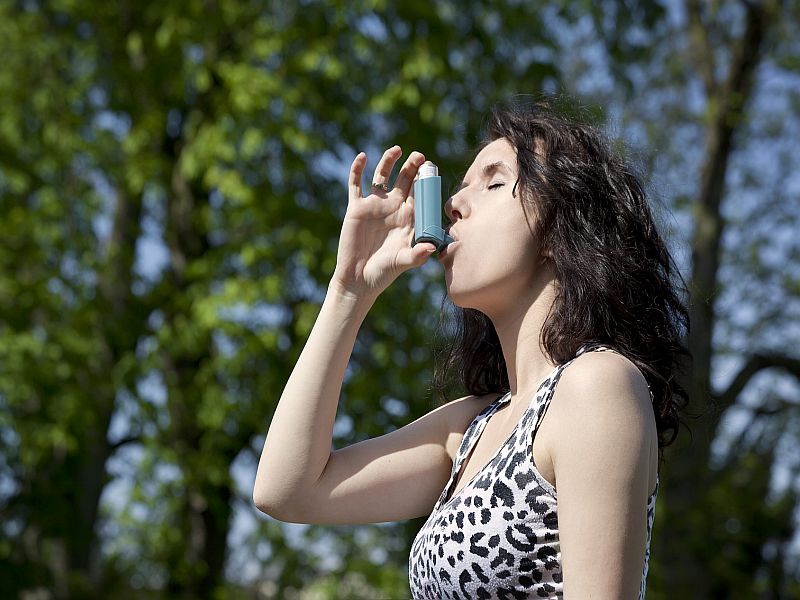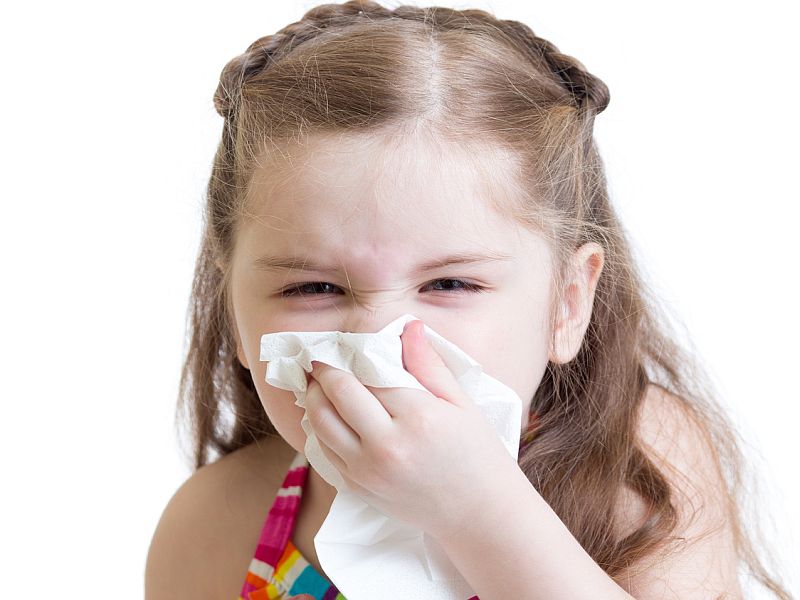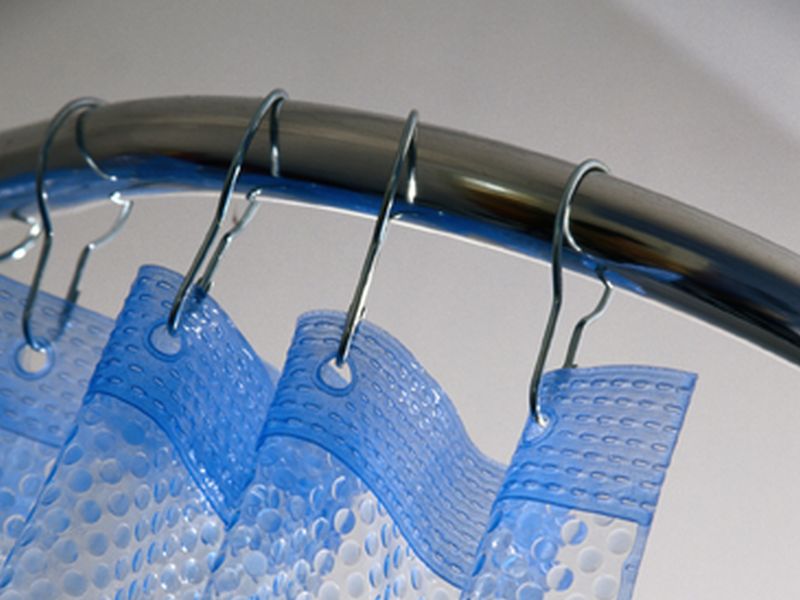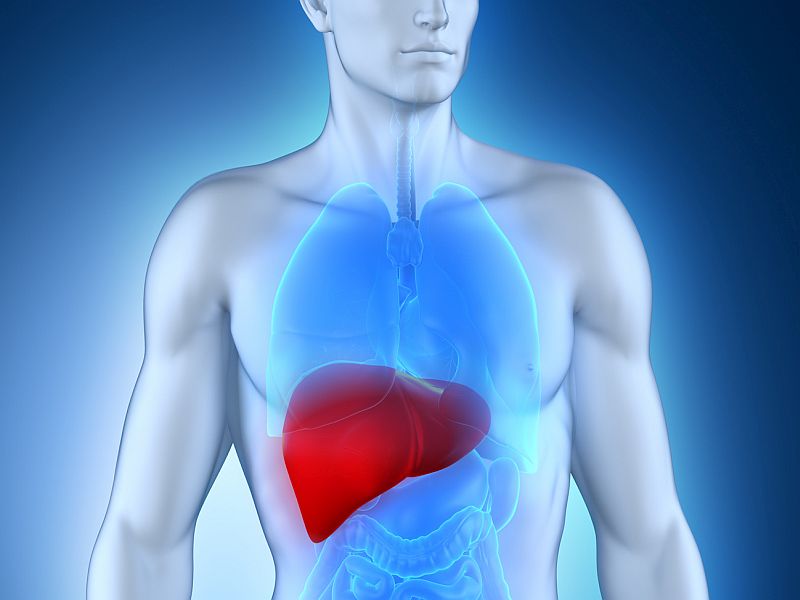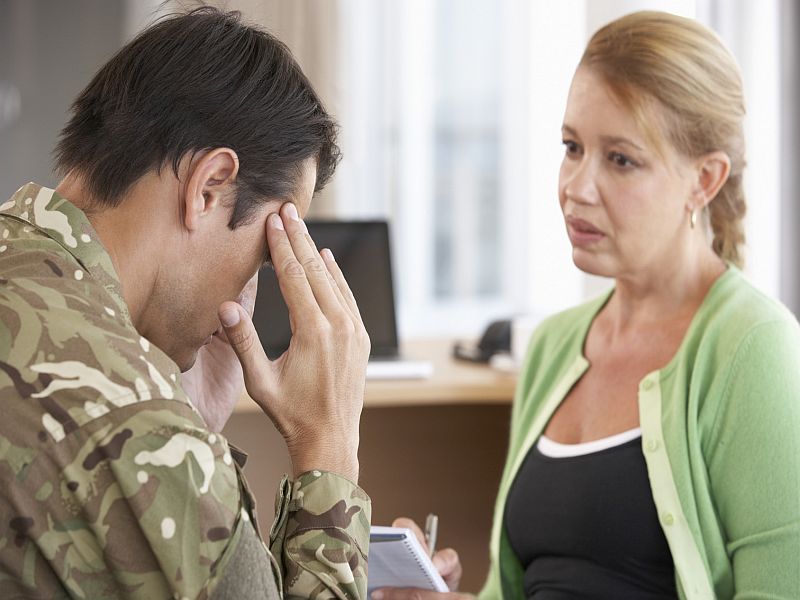Astronauts on space missions can be exposed to radiation for long periods of time, which can pose significant dangers to their health. The fact that the administration of blueberry extract has been proposed as a preventive therapy to protect them from harmful radiation is a great indication of just how powerful these fruits might be.
The more blueberries are studied, the more evident it becomes that they are a superfood. Blueberries contain important biologically active compounds, such as polyphenols, phenolic acids, and vitamins, with countless beneficial effects. Within polyphenols, there are many different types of chemicals found in blueberries with great health benefits, such as flavonoids; these include anthocyanins, which are particularly interesting due to their potent antioxidant properties. Among fresh fruits and vegetables, blueberries are the ones that contain the highest concentration of anthocyanins.
Blueberries’ potent antioxidant effects are indeed their most outstanding property. This is important because oxidation in one of the main sources of cellular damage. A process known as oxidative stress can arise from an increase in oxidant factors known as reactive oxygen species. Although they are normal product of cellular metabolism, and quickly neutralized by antioxidant defenses in normal conditions, they may escape neutralization and give rise to oxidative stress. This can have serious consequences, leading to the development of several pathologies, particularly in aged subjects, who are more vulnerable to the effects of oxidative stress.
So, anything that provides an antioxidant effect can help counterbalance the detrimental effects of oxidative stress, as is the case with blueberries, which can be used to boost our endogenous antioxidant defense system. But blueberries’ benefits are not restricted to their antioxidant action; they also have anti-inflammatory, antimutagenic, antihypertensive and hypoglycemic effects, and are even inhibit different types of tumors.
Blueberries confer great cardiovascular protection. Their biologically active molecules can inhibit inflammatory responses in endothelial cells, the cells that form the lining of all blood vessels. This improves endothelial function and prevents the development of vascular diseases. Daily blueberry consumption can improve blood pressure, arterial stiffness, myocardial and coronary performance, and protect the heart against ischemia – the shortage of oxygen and glucose due to restricted blood supply.
The neuroprotective effects of blueberries
The increase in antioxidant defenses that blueberries can provide is relevant not only in vascular disorders, but also in neurodegenerative conditions. Oxidative stress is particularly harmful to the brain because of its higher oxygen demands compared with other tissues, and of the higher exposure to oxidative damage that it entails. In fact, oxidation is the main agent of many age-related and neurodegenerative diseases, giving rise to cognitive and motor impairments and to a decrease in the sensitivity to several neurotransmitters.
Various anthocyanins contained in blueberries are able to cross the blood brain barrier. Those have been detected in the brains of aged rats receiving a long-term blueberry-supplemented diet, specifically in brain regions which are important for learning and memory. Blueberries’ anthocyanins are effective in decreasing oxidative stress in neurons. By counterbalancing oxidative damage, the antioxidant action of blueberries may contribute to a delayed onset of aging signs or even reverse injuries that have already occurred.
An example of the latter is a study that showed that transgenic mice predisposed to the development of Alzheimer’s disease, whose diet was supplemented with blueberry extracts, demonstrated an improvement in neuronal signaling pathways with a neuroprotective effect. In this case, a genetic predisposition to cognitive deficits was counterbalanced through dietary changes, suggesting a direct effect of blueberries on genetic expression. This impressive ability has been further evidenced by studies showing a reduction of the expression of proinflammatory genes in advanced age rats to the levels of young animals, with a corresponding improvement in memory.
Blueberries can also induce an increase in neuronal plasticity and in the generation of new neurons in the hippocampus, having therefore valuable effect in memory and learning mechanisms. This has been verified by studies demonstrating that blueberry supplementation can induce improvements in spatial memory, long-term memory, and in the ability to learn new information in animal models of aging.
The vascular effects of blueberries can also manifest themselves in brain. It has been shown that blueberries are able to prevent cerebral damage induced by ischemia, reducing the neurological deficits and increasing neurogenesis in the affected areas.
Inflammation is another crucial driver of aging and neurodegeneration. Blueberry extracts also have potent anti-inflammatory effects, inducing a significant decrease in the production of proinflammatory molecules. These anti-inflammatory mechanisms can complement their antioxidant action, potentiating their overall neuroprotective effect, and having an anti-neurodegenerative action.
In models of neuronal inflammation, blueberry polyphenols were shown to attenuate learning impairment resulting from neurotoxicity, and to exert anti-inflammatory effects through changes in genetic expression associated with synaptic plasticity, leading to memory improvement and the improvement of cognitive performance in mice.
Most of this data comes from animal studies, but there is also evidence supporting these effects in humans – in a study where elderly subjects received blueberry juice supplementation for 12 weeks, it was shown that there was an improvement in memory tests and in mood. Also, a normalization of glycemic and insulin levels was detected, which can also contribute to a decrease in the levels of inflammatory mediators associated with neurodegenerative diseases.
So, although blueberries’ antioxidant power is their most recognized feature, they can actually be beneficial through many other mechanisms – they can regulate cellular balance by acting on gene expression, signaling pathways, and synaptic plasticity, for example. All these actions can give rise to anti-ageing, anti-inflammatory and antitoxic effects, leading to an improvement in motor and cognitive performance.
Given this broad range of beneficial actions, blueberry extracts promise a multitude of clinical applications, namely in the context of neurological disorders in which oxidative stress, inflammation, and neurodegeneration are associated – Alzheimer’s, Parkinson’s, amyotrophic lateral sclerosis… Just to name a few.
References
Chen, J., Zhao, Y., Tao, X., Zhang, M., & Sun, A. (2015). Protective effect of blueberry anthocyanins in a CCL4-induced liver cell model LWT – Food Science and Technology, 60 (2), 1105-1112 DOI: 10.1016/j.lwt.2014.10.010
Giacalone, M., Di Sacco, F., Traupe, I., Topini, R., Forfori, F., & Giunta, F. (2013). Antioxidant and neuroprotective properties of blueberry polyphenols: a critical review Nutritional Neuroscience, 14 (3), 119-125 DOI: 10.1179/1476830511Y.0000000007
Huang, W., Liu, Y., Wang, J., Wang, X., & Li, C. (2014). Anti-Inflammatory Effect of the Blueberry Anthocyanins Malvidin-3-Glucoside and Malvidin-3-Galactoside in Endothelial Cells Molecules, 19 (8), 12827-12841 DOI: 10.3390/molecules190812827
Huang, W., Zhu, Y., Li, C., Sui, Z., & Min, W. (2016). Effect of Blueberry Anthocyanins Malvidin and Glycosides on the Antioxidant Properties in Endothelial Cells Oxidative Medicine and Cellular Longevity, 2016, 1-10 DOI: 10.1155/2016/1591803
Johnson, S., Figueroa, A., Navaei, N., Wong, A., Kalfon, R., Ormsbee, L., Feresin, R., Elam, M., Hooshmand, S., Payton, M., & Arjmandi, B. (2015). Daily Blueberry Consumption Improves Blood Pressure and Arterial Stiffness in Postmenopausal Women with Pre- and Stage 1-Hypertension: A Randomized, Double-Blind, Placebo-Controlled Clinical Trial Journal of the Academy of Nutrition and Dietetics, 115 (3), 369-377 DOI: 10.1016/j.jand.2014.11.001
Krikorian, R., Shidler, M., Nash, T., Kalt, W., Vinqvist-Tymchuk, M., Shukitt-Hale, B., & Joseph, J. (2010). Blueberry Supplementation Improves Memory in Older Adults
Journal of Agricultural and Food Chemistry, 58 (7), 3996-4000 DOI: 10.1021/jf9029332
Pojer, E., Mattivi, F., Johnson, D., & Stockley, C. (2013). The Case for Anthocyanin Consumption to Promote Human Health: A Review Comprehensive Reviews in Food Science and Food Safety, 12 (5), 483-508 DOI: 10.1111/1541-4337.12024
Shukitt-Hale, B., Carey, A., Jenkins, D., Rabin, B., & Joseph, J. (2007). Beneficial effects of fruit extracts on neuronal function and behavior in a rodent model of accelerated aging Neurobiology of Aging, 28 (8), 1187-1194 DOI: 10.1016/j.neurobiolaging.2006.05.031
Image via elizadean / Pixabay.
via Brain Blogger Read More Here..
